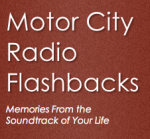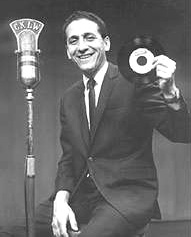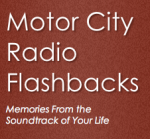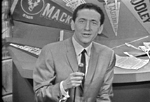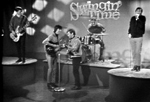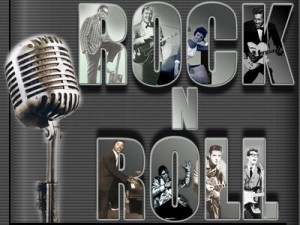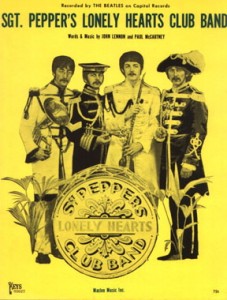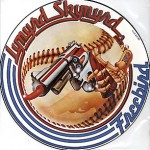 HIS FIRST PROFESSIONAL ACTING gig happened when he was eleven. He was a star on the BBC’s Coronation Street at age 16. And when he was 20, Davy Jones was picked from a casting call of thousands to be part of a made-for-television rock band that became one of the most popular acts of the decade.
HIS FIRST PROFESSIONAL ACTING gig happened when he was eleven. He was a star on the BBC’s Coronation Street at age 16. And when he was 20, Davy Jones was picked from a casting call of thousands to be part of a made-for-television rock band that became one of the most popular acts of the decade.
After seeing the film A Hard Day’s Night, Bob Rafelson and Bert Schneider decided to create a TV show that would feature what they hoped would be America’s answer to the Beatles. Their first choice was to sign John Sebastian’s Lovin’ Spoonful, but that group already had a record contract. So they ran an ad in Daily Variety and The Hollywood Reporter in the fall of 1965 to find their musicians.
Americans Micky Dolenz, Michael Nesmith, and Peter Tork, and Brit Davy Jones were ultimately hired and under the guidance of Don Kirshner, the Monkees were born. The group had help from some of the best writers in the business including Tommy Boyce, Bobby Hart, Neil Diamond and the Brill Building team of Gerry Goffin, Carole King. They charted 13 times on the WKNR Music Guide, with hits like “Last Train to Clarksville“, “I’m A Believer“, “(I’m Not Your) Steppin’ Stone“, “Pleasant Valley Sunday” and “Daydream Believer.” They held down Keener Hit Number One five times.
While each Monkee had his fan base, Davy was a particular favorite. With the British Invasion in full swing, his English accent and Beatle hair cut put him at the forefront. 38 years later, Yahoo Music named him “Number 1 teen idol of all time.”
At the height of the Monkee’s popularity, Davy Jones talked with Bob Green about life in the Hollywood spotlight.
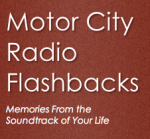 Jones continued to pursue a show business career after the Monkees broke up in 1971, touring with Dolenz, Boyce & Hart and various other side men. His stage and television credits include starring with Dolenz in Harry Nilsson‘s play The Point in London and appearances on, The Brady Bunch, My Two Dads, Here Come the Brides, and Love, American Style. He continued to record, releasing his last album in 2009.
Jones continued to pursue a show business career after the Monkees broke up in 1971, touring with Dolenz, Boyce & Hart and various other side men. His stage and television credits include starring with Dolenz in Harry Nilsson‘s play The Point in London and appearances on, The Brady Bunch, My Two Dads, Here Come the Brides, and Love, American Style. He continued to record, releasing his last album in 2009.
His last performance happened on February 19th in Oklahoma, just ten days before he died in his sleep of a massive heart attack at age 66.
![]()

